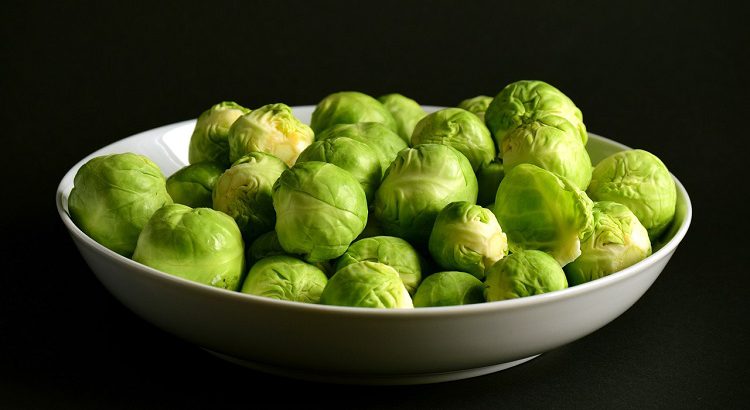“Cruciferous” may sound like a type of vegetable you don’t want to eat—but you should! They are a group of vegetables that are a rich source of sulfur-containing compounds.
Commonly consumed cruciferous vegetables include broccoli, Brussels sprouts, cabbage, cauliflower, collard greens, kale, kohlrabi, rutabaga, turnips, bok choy, Chinese cabbage, watercress, wasabi and Swiss chard.
Eating large amounts of cruciferous vegetables have been associated with a lower risk of bladder, breast, colorectal, endometrial, gastric, lung, ovarian, pancreatic, prostate, and renal cancers.
In addition to promoting gastrointestinal regularity due to their fiber content, cruciferous vegetables contain many vital nutrients including folate, vitamin C and K, and minerals such as potassium, selenium and calcium. Cruciferous vegetables also contain phytochemicals. These nutrients are not required by the human body, but they do have protective or disease preventive properties.
The 2015-2020 Dietary Guidelines for Americans recommend that adults consume 1½ to 2½ cups of dark green vegetables per week, including cruciferous vegetables, as part of a healthy meal plan.
Make room in your diet for these delicious and beneficial vegetables today! Try these recipes:
Fall Harvest Kale Salad with Maple Vinaigrette
Registered dietitian Barb Walsh is the community nutrition educator in the Tevis Center for Wellness.
